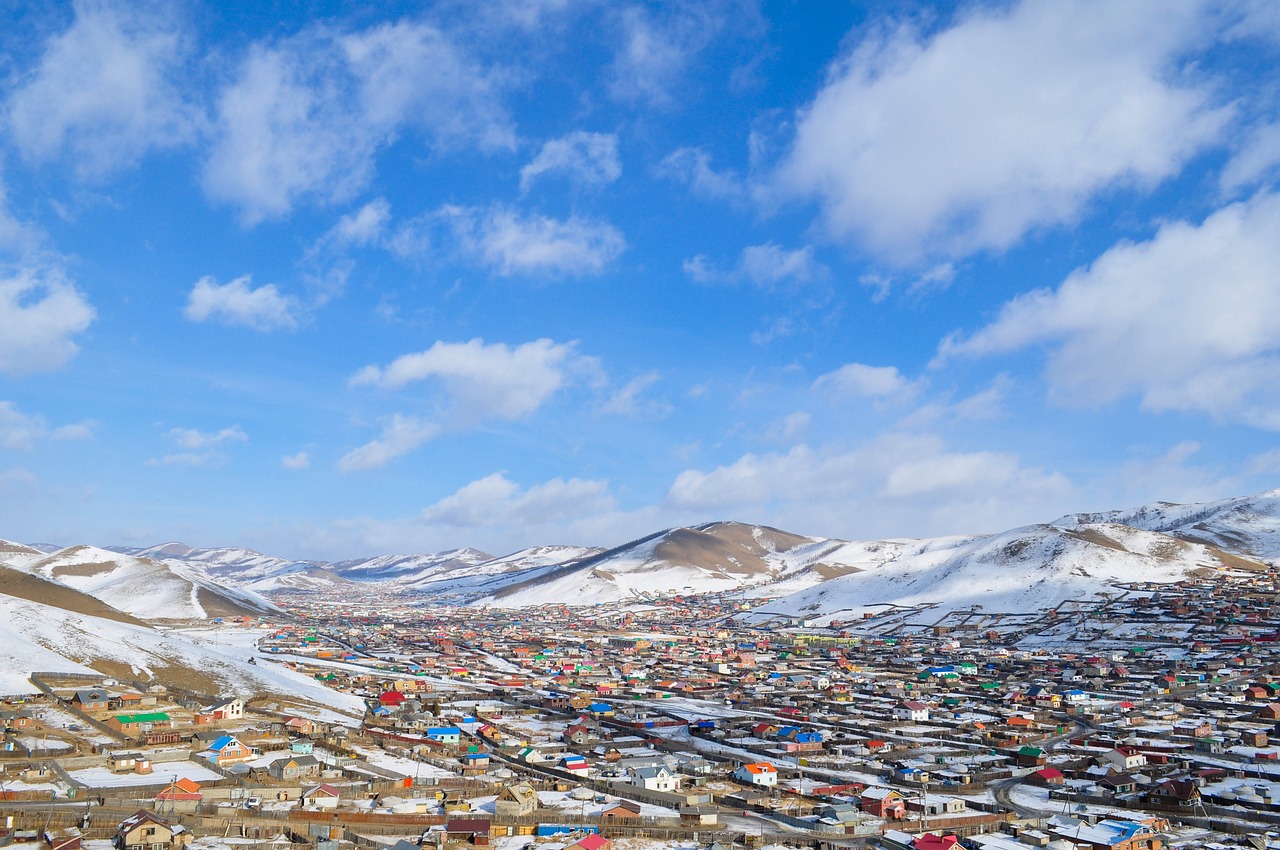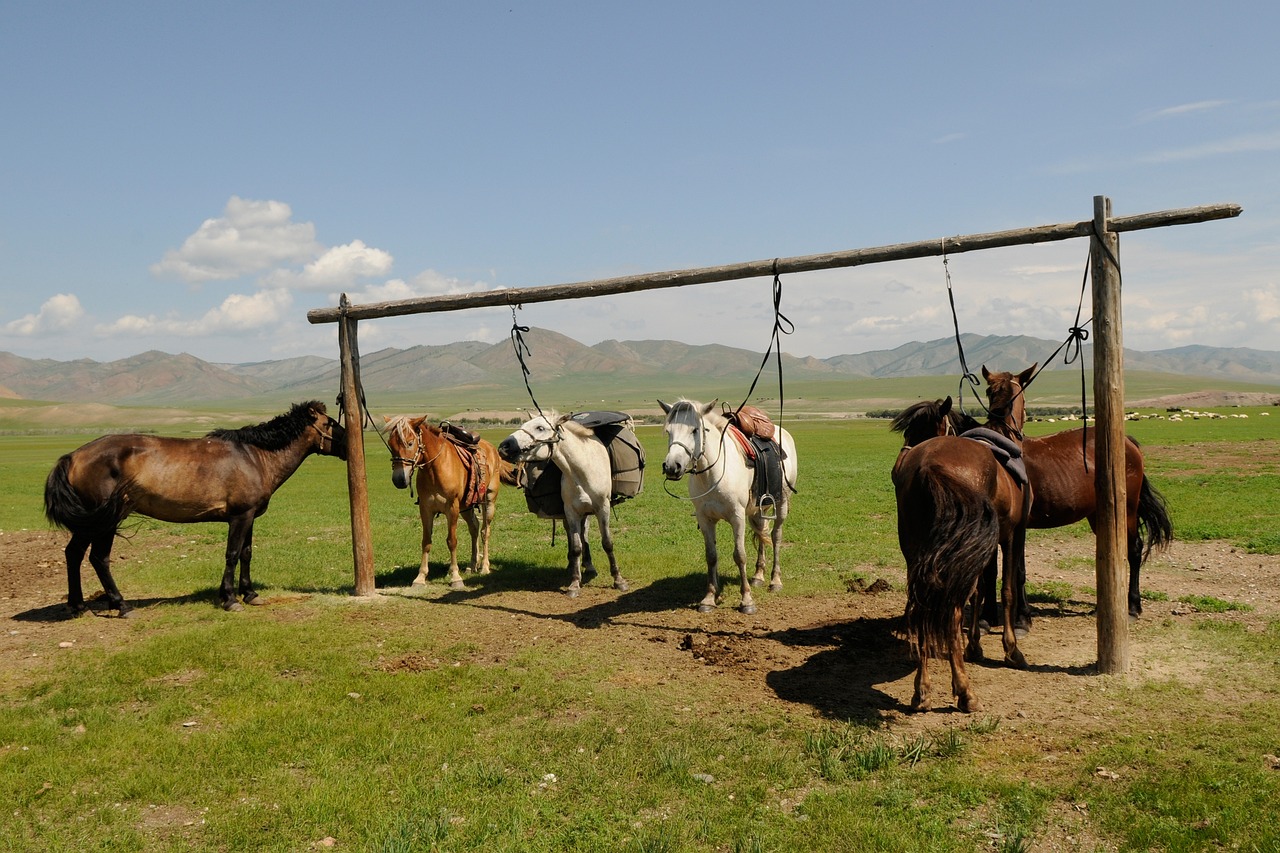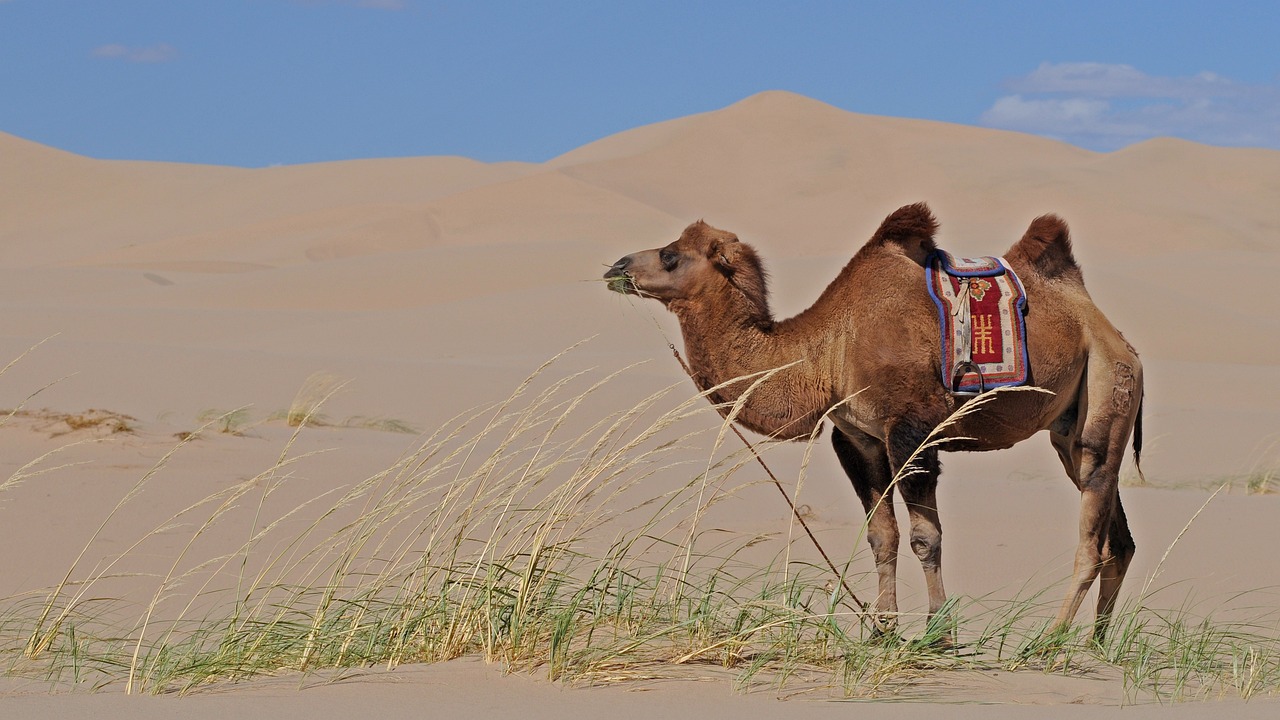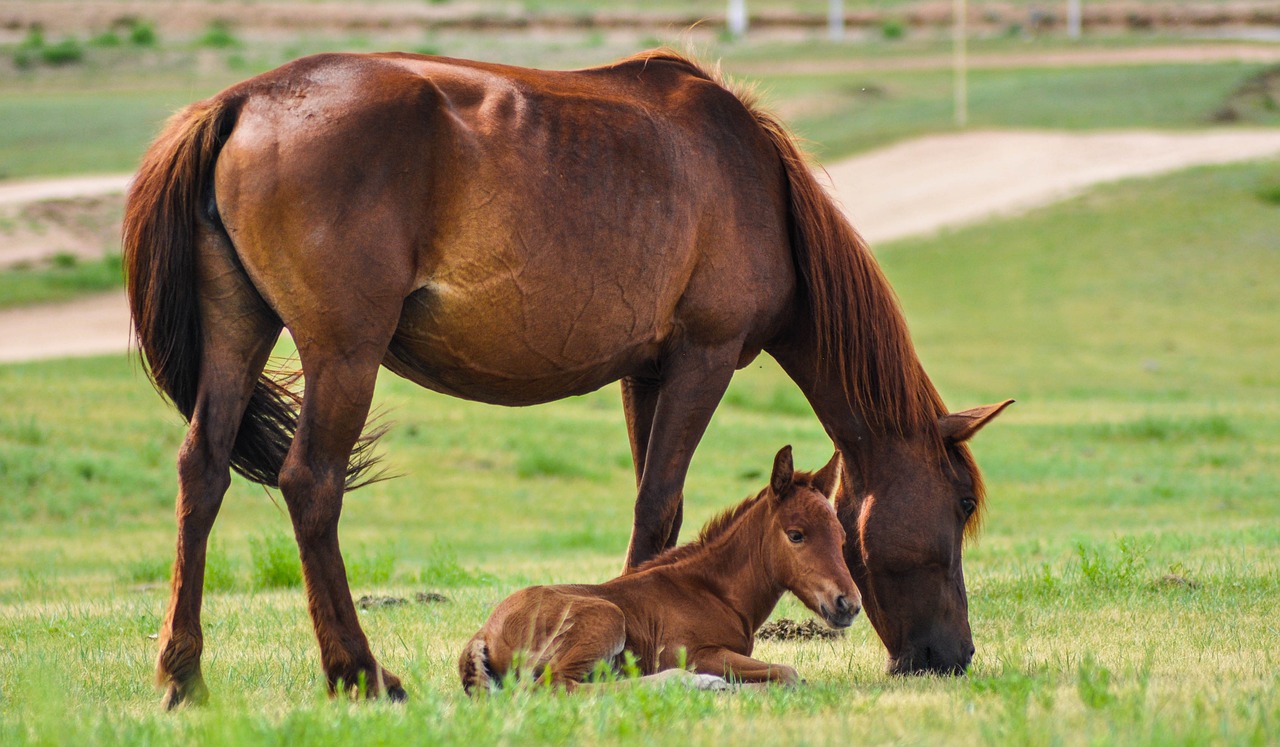Mongolia Video
Cultural Sensitivities: Understanding Local Norms in Mongolia
Mongolia, located in East Asia, is known for its vast landscapes, nomadic traditions, and unique cultural heritage. To fully appreciate and respect the local culture, it is essential to understand and abide by the cultural sensitivities and norms of the Mongolian people. This article aims to provide detailed insights into the cultural sensitivities in Mongolia, helping visitors navigate and appreciate the rich tapestry of Mongolian customs and traditions.
Traditional Greetings and Etiquette
When greeting Mongolians, it is customary to offer a formal handshake while maintaining direct eye contact. The traditional greeting, known as “Khadakh,” involves placing the right hand on the left forearm to show respect. Avoid using your left hand for greetings or passing objects, as it is considered impolite. Mongolians appreciate punctuality, so make sure to arrive on time for appointments and social gatherings.
- Hadag: The Hadag is a ceremonial scarf made of silk or cotton. When presented with a Hadag, accept it with both hands as a sign of respect. Do not unfold or wear it immediately; instead, keep it aside until the giver instructs you to do so.
- Tsagaan Sar: Tsagaan Sar, the Mongolian Lunar New Year, is a significant festival celebrated in January or February. During this time, it is customary to greet elders and offer them gifts. It is polite to remove your shoes when entering a Mongolian home during Tsagaan Sar.
- Gift Giving: When presenting gifts, use both hands to offer and receive them. Avoid giving items made of leather to Mongolians, as it is considered disrespectful in their culture.
Mongolian Cuisine and Dining Etiquette
Mongolian cuisine reflects the nomadic lifestyle and the use of locally available ingredients. Traditional dishes often feature meat, dairy products, and staple crops like wheat and barley. Understanding Mongolian dining etiquette will enhance your cultural experience.
- Boodog: Boodog is a traditional Mongolian dish where a whole goat or marmot is cooked by placing hot stones inside the animal’s body cavity. It is a communal dish prepared and enjoyed together, emphasizing the importance of sharing meals.
- Aaruul: Aaruul is a dried curd made from yak, cow, or goat milk. It is a popular snack and is often served as a gesture of hospitality. Accepting and trying aaruul is considered polite.
- Table Manners: When dining with Mongolians, it is customary to wait for the host to start eating before you begin. Avoid leaving any food on your plate, as it may be seen as wasteful. Mongolians appreciate guests who try various dishes and show appreciation for their culinary traditions.
Respecting Mongolian Customs and Traditions
Mongolia has a rich cultural heritage rooted in nomadic traditions and Buddhism. Respecting and understanding these customs is crucial when visiting the country.
- Nomadic Lifestyle: Mongolians have a deep connection with nature and a nomadic way of life. When visiting rural areas, it is important to respect the environment, avoid littering, and follow any guidelines provided by local communities.
- Visiting Temples: When visiting Buddhist temples or monasteries, dress modestly and remove your hat before entering. Avoid pointing your feet towards statues or religious objects, as it is considered disrespectful.
- Elders and Authority: Mongolians hold great respect for their elders and authority figures. It is customary to address elders using appropriate honorifics and show deference to those in positions of authority.
Gender Roles and Social Interactions
Mongolian society has distinct gender roles and social norms that visitors should be aware of to avoid cultural misunderstandings.
- Hierarchy and Elders: Mongolian society follows a hierarchical structure, with elders holding significant respect. When interacting with older individuals, show deference and avoid interrupting or contradicting them.
- Gender Equality: While traditional gender roles exist, Mongolian society also values gender equality. It is essential to treat both men and women with respect and avoid making assumptions based on gender.
- Personal Space: Mongolians generally maintain a larger personal space compared to some other cultures. Respect this by giving others ample room and avoiding unnecessary physical contact.
Traditional Festivals and Celebrations
Mongolia boasts a vibrant calendar of festivals and celebrations throughout the year. Participating in these events provides a unique opportunity to immerse yourself in Mongolian culture.
- Naadam Festival: Naadam is Mongolia’s most famous festival, showcasing the “Three Manly Games” of wrestling, horse racing, and archery. Attendees should familiarize themselves with the rules and traditions associated with each sport to fully appreciate the significance of the event.
- Tsam Dance: Tsam dances are religious masked dances performed by Buddhist monks. These colorful and elaborate performances are held during specific religious festivals and are considered sacred. Visitors should observe the dances respectfully and refrain from any disruptive behavior.
- Shamanism: Shamanism is an integral part of Mongolian culture. If you have the opportunity to witness a shamanic ritual or ceremony, show respect and follow any instructions provided by the shaman.
Environmental Awareness and Conservation
Mongolia’s pristine landscapes and unique biodiversity are essential to its cultural heritage. Visitors should be mindful of their impact on the environment and support sustainable tourism practices.
- Leave No Trace: When exploring Mongolia’s natural wonders, practice responsible tourism by leaving no trace of your visit. Dispose of waste properly and avoid damaging or removing any natural or cultural resources.
- Wildlife Protection: Respect the wildlife and refrain from disturbing or feeding animals. Follow designated trails and avoid venturing off into sensitive ecosystems.
- Nature Conservation: Support local initiatives and organizations dedicated to nature conservation and sustainable development in Mongolia. Consider visiting national parks and protected areas, where your entrance fees contribute to their preservation.
Image 1

Traditional Crafts and Artisans
Mongolia has a rich tradition of craftsmanship, with skilled artisans creating intricate artwork and traditional crafts.
- Mongolian Ger: The traditional Mongolian ger, also known as a yurt, is an iconic symbol of Mongolian culture. Visiting a ger and learning about its construction and significance provides insight into the nomadic lifestyle.
- Thangka Painting: Thangka paintings are religious artworks depicting Buddhist deities, scenes, or mandalas. When purchasing or admiring thangka paintings, ensure they are ethically sourced and support local artists.
- Cashmere Products: Mongolia is renowned for its high-quality cashmere products. When purchasing cashmere, look for products made from locally sourced and responsibly produced materials.
Image 2

Traditional Music and Performing Arts
Mongolian music and performing arts offer a glimpse into the country’s rich cultural heritage and nomadic traditions.
- Throat Singing: Khoomii, or throat singing, is a unique musical form where vocalists produce multiple pitches simultaneously. Attending a throat singing performance provides a captivating experience.
- Morin Khuur: The morin khuur, also known as the horsehead fiddle, is a traditional Mongolian instrument. Enjoying a live performance of the morin khuur showcases the beauty of Mongolian music.
- Mongolian Dance: Traditional Mongolian dances, such as the biyelgee and tsam dance, are vibrant and expressive. Witnessing these dances during cultural events or performances brings the Mongolian spirit to life.
Religious Practices and Beliefs
Mongolia has a rich religious tapestry, with Buddhism and shamanism playing significant roles in the lives of the Mongolian people.
- Buddhist Monasteries: Visiting Buddhist monasteries provides insight into the spiritual practices and rituals of Mongolian Buddhism. Respect the monks and adhere to any guidelines or restrictions within the monasteries.
- Shamanic Rituals: Shamanism is deeply rooted in Mongolian culture, and shamanic rituals are performed to connect with the spiritual realm. If invited to witness a shamanic ceremony, be respectful and observe without interrupting the proceedings.
- Religious Symbols: Mongolians hold religious symbols, such as prayer flags and Ovoo (sacred stone heaps), in high regard. Avoid touching or disturbing these symbols when you encounter them.
Image 3

Conclusion
Understanding and respecting the cultural sensitivities and local norms in Mongolia is essential for a meaningful and respectful visit. By embracing Mongolian customs, traditions, and environmental practices, visitors can forge deeper connections with the local community and gain a profound appreciation for the country’s cultural heritage.
References
– Lonely Planet: https://www.lonelyplanet.com/mongolia
– Visit Mongolia: https://www.visitmongolia.com/
– Mongolian Embassy: https://www.mongolianembassy.us/
– UNESCO: https://whc.unesco.org/en/statesparties/mn
– National Geographic: https://www.nationalgeographic.com/travel/destinations/asia/mongolia/
– Mongolian Ministry of Nature, Environment, and Tourism: http://www.mongoliatourism.gov.mn/


